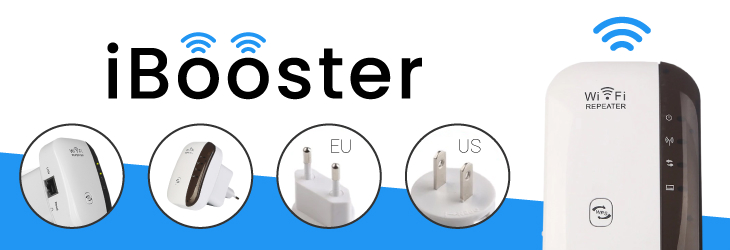he newest version of Google Maps for Android offers one of the most robust mapping experiences I've seen. Long a staple in every Android user's app drawer, the app has gone even further this week, with the additions of personalized mapping experiences, recommendations, more Zagat integration, and more. Further, all that Google Maps has to offer has been packaged in a cleaner, more minimal interface that's optimized to your screen, whether you're using the app on a tablet or a smartphone.
But as good as the new Google Maps app is, it's important to note that the added improvements did come at a cost, as a few important features have been changed and altogether removed. For instance, some users will be disappointed to see missing map layers from versions past, and an offline caching feature that has been notably downgraded. Still, with its handful of imperfections in tow, its hard to argue that there's anything better for your mapping needs than Google's default mapping application.
Map basics
The new Android app breaks the map out of the box and covers your whole mobile screen with map data, with the only interface elements being a floating search box up top, a button to pinpoint your current location on bottom, and a slide-out menu on the left. As a whole, Google Maps is cleaner than ever and runs more smoothly as well.
When viewing a location, Google Maps lets you activate add-on layers for traffic, transit lines, satellite images, and bicycle routes, all of which are useful. However, dedicated Maps users will notice that a few layers are now missing, including those for Terrain, Wikipedia, Latitude, and My Maps. I find the missing My Maps layer to be particularly upsetting because I often create detailed maps of destinations to which I am traveling, but now I can no longer overlay them in my mobile app.











